The first human flight into space was an extraordinary event that, in the early 1960s, for many, turned the idea of what human beings could do upside down. However, there was already a group of people for whom it was not a surprise, but something that had been awaited for many years. These people are fans of science fiction.

First human space flight
On April 2, 1961, the Vostok-1 spacecraft designed under the leadership of Serhii Korolov sent the first man into space. Yuri Gagarin’s journey lasted 108 minutes, but is considered one of the most important in human history. After all, this was the first time we were outside our planet.
However, was human space flight in 1961 really perceived as something incredible? Did science fiction writers anticipate it and how accurately were they able to describe everything? The answer to this question deserves separate consideration.
Actually, it all comes down to the definition of what constitutes space travel. After all, even the word “cosmos” was originally almost synonymous with the word “universe,” and perceptions of it have changed over the millennia.

Therefore, for example, flying chariots or palaces called “vimanas” are described as early as in the ancient Indian epic “Ramayana”, which dates back to the VII-IV century BC. But whether to consider these rather complexly described things as spacecraft is debatable, because there is simply no modern definition of planets and space between them in the text.
Equally, it can’t be said that the characters in Antonius Diogenes’ “Incredible Adventures on the Other Side of the Thule” fly anywhere at all. They just go and go and go and go and eventually end up on the Moon. But the travelers in Lucian’s True Story (2nd century AD) and the lunar princess Kaguya from the Japanese Tale of the Princess Kaguya are, by any measure, space travelers, even if not with the aid of technological means.
Anyway, the idea that you can basically get to an object you see in the sky in your lifetime has been familiar to people for centuries. It is true that for a very long time, the Moon and other celestial bodies were considered synonymous with the concept of “so far away that only in fairy tales you can get there”. It was not for nothing that authors of the 17th and 18th centuries liked to place various fairy-tale countries there, to which they gave certain hyperbolized features of the societies they were familiar with.

For new age readers, the idea of traveling to the Moon was no longer something new. True, technical means that could take a man to the Moon at that time nobody could even closely imagine, so the heroes were carried there by birds, atmospheric vortices, or just demons. There was no question of any technical foresight. It was purely a satire on the society of that time, and it was a major component in those works.
From a cannon to the Moon
Of the entire array of texts of the XVII-XVIII centuries on space travel, two should be singled out: Johannes Kepler’s “The Dream” and Cyrano de Bergerac’s “The Comic History of the States and Empires of the Moon”. The first one is interesting because although the main characters are moved in space by magic (or rather, demons), it is more or less the space we are already familiar with, where there is no air, and therefore no friction.
As for Bergerac, his work, published as early as 1657, contains the first description of something that could accurately be called a spacecraft. The principle of its engine was still fantastic, but it was already something that moved through space using a man-made mechanism rather than natural or unnatural forces.
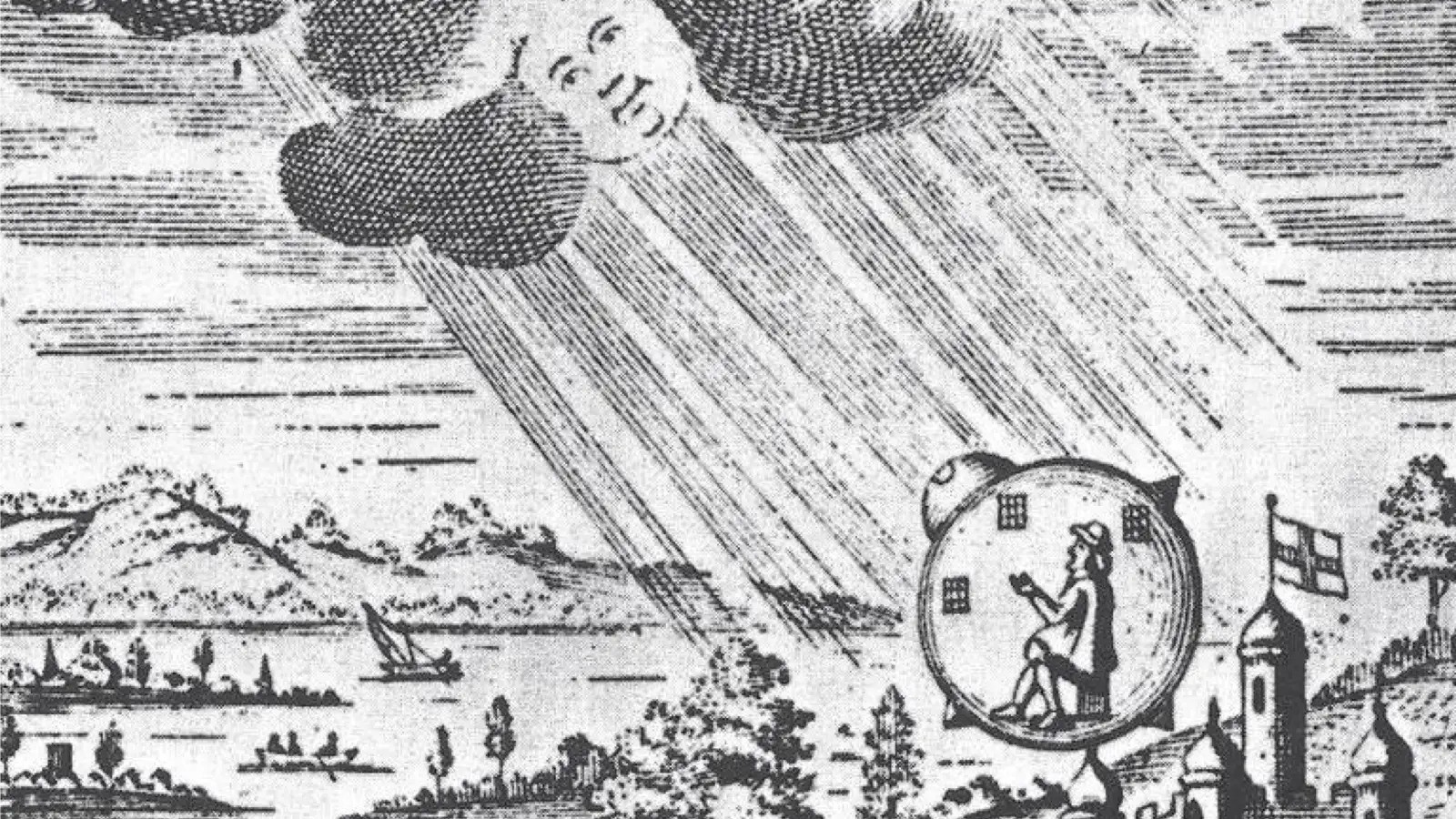
However, the idea of a spacecraft made its way to people quite hard. This is clearly seen in Washington Irving’s “The Men of the Moon.” The author already knew for sure that traveling between planets was possible with the help of advanced technology, but he had no idea what could move the spacecraft in space.
The 17th and 19th centuries were a time of rapid development of science about the world around us. And writers actively utilized the ideas that scientists contributed. However, scientists didn’t have even the boldest ideas about how space travel could be done yet, also because they already realized how different it was from what we were used to on Earth.
Actually, the idea of space flights combined with rather modern ideas that conditions during them would be very different from those on Earth was quite well-known (though very bold) for literature fans about a century before the launch of Vostok-1. The other thing was that no one really understood how to do it.
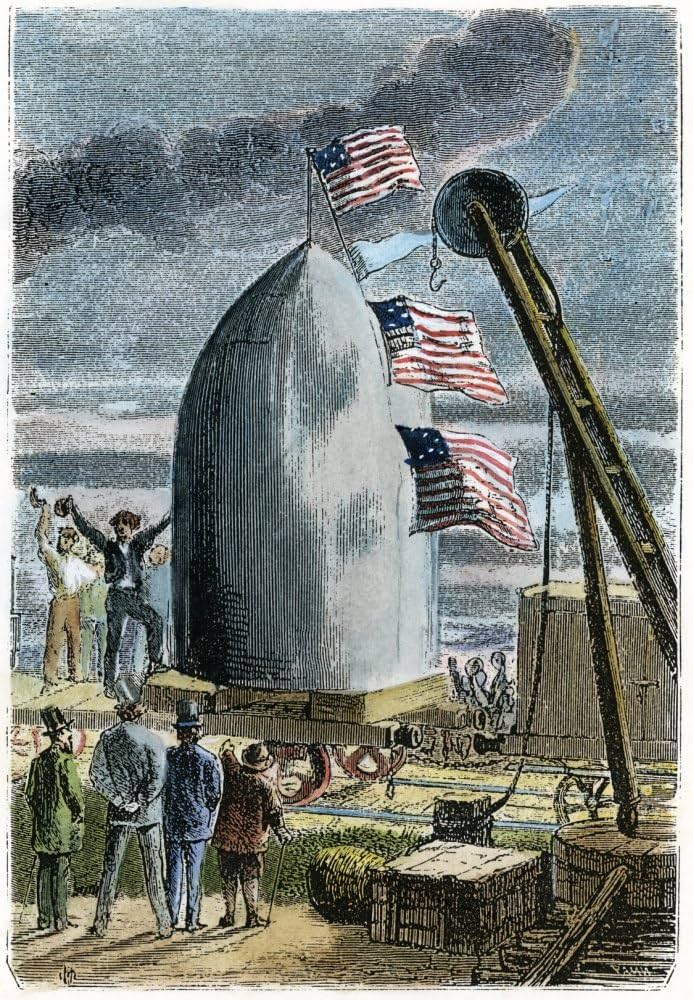
And then Jules Verne appeared in 1865 with his story of launching three men to the Moon with a giant cannon. His revolutionary nature was not at all in the idea of such a trip, but in his serious approach to thinking through all the details of how to do it with technology.
The fact that Verne’s idea was unrealistic, experts established almost immediately after the publication of the novel. But in general, his approach was very serious. The writer was consulted by the best aeronautical experts of that time, and the calculations were done by a professional mathematician. Thanks to this, in the second half of the 19th century, the image of people flying somewhere through the darkness of space in a sealed tin became quite familiar to people.
It is true that Verne and his followers never got to the idea that the key technology in spaceflight should be rockets. Even in “The War of the Worlds” by H.G. Wells, which saw the public in 1897, the Martians arrived on Earth in quite Vernean shells. And even in 1901, the heroes of his novel “The First Men in the Moon” fly to our moon in a capsule made of antigravity metal — cavorite. This is also, in fact, a technology, i.e. a product of the human mind, but not the same one that allowed Gagarin to be launched into space in 1961.
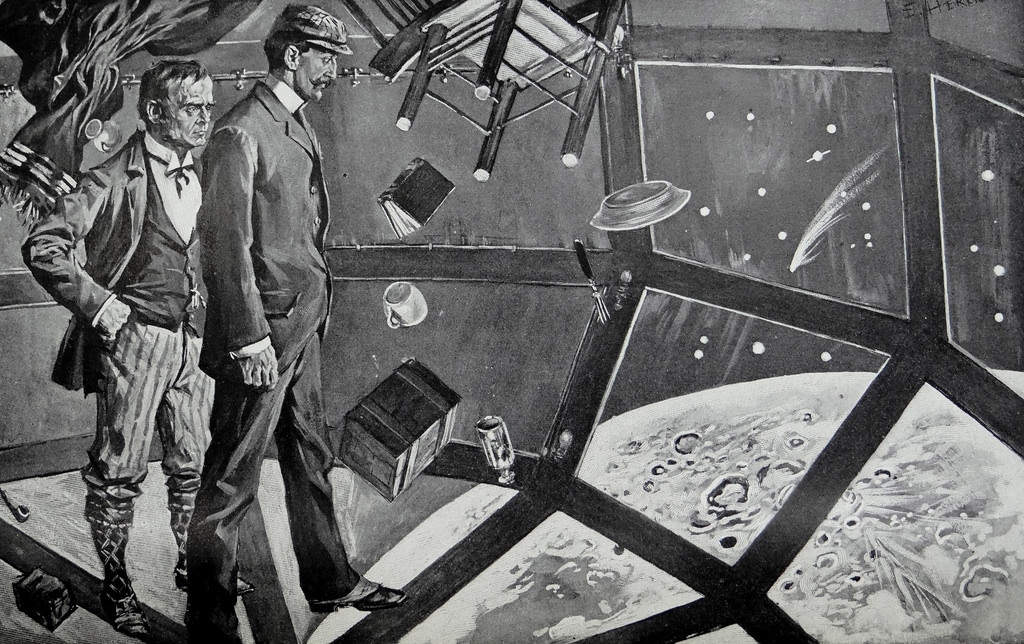
Rocket Age
It is believed that using the energy of combustion products for space flight was first proposed in 1881 by Kyiv inventor Mykola Kybalchych. He was just sitting in Lukianivska prison awaiting execution for the murder of the Russian Emperor Alexander II and decided to present his scientific ideas in his farewell letter.
However, the vehicle designed by Kybalchych was more of an explosive one than a rocket. The letter was lost, and it was published only in 1917. At that time, the idea of using rockets, including multi-stage rockets, to travel into space was already being discussed on every continent.

Whether to consider its authors more science fictionists or scientists, and to which of them should be given priority in expressing the various components of this idea, is an extremely complex and, moreover, highly politicized question. It is only possible to say unequivocally that the works of Robert Goddard, Konstantyn Tsiolkovskyi, Yurii Kondratiuk and Hermann Oberth proved that rockets would be the ones that would turn the fantasy of space travel known for centuries into reality.
And science fiction writers were the first to believe them. There was a real explosion of works about space travel. Technically, the first science fiction writer to describe space travel in a rocket-powered craft should be considered Edward Elmer Smith. After all, he began work on his novel “The Skylark of Space” back in 1915.
True, he wrote the novel for a very long time, and then even longer looking for a publisher who would agree to publish it. Therefore, “The Skylark of Space” went into print only in 1928, already at the peak of the rocket boom.

It’s worth noting that in the 1920s and 30s, science fiction was experiencing its “golden age.” Actually, at the same time, the very concept of science fiction appeared at the suggestion of engineer and magazine publisher Hugo Gernsback. E.E. Smith, like most authors of that era, was an engineer and scientist (not for nothing he signed his name “Doc” Smith), and for him, the spacecraft in science fiction was an engineering problem, not a worldview problem.
Already in the 1920s, for people like Smith or his colleague Edmond Hamilton, flying to the Moon and Mars in a jet-powered spacecraft was no longer a bold idea. Therefore, the heroes of both “The Skylark of Space” and “Interstellar Patrol” (Hamilton also published his novel in 1928) fly beyond the Solar System already. The planets of the Solar System were no longer very interesting to them. The heroes of fantasy novels had flown to them many times already.
Plausibility and popularity
Meanwhile, in parallel with the very scientific, or at least sci-fi-like space missions in the science fiction of the 1910s and 1920s, there were also those in which humans flew in space according to scenarios worked out earlier. For example, John Carter from Edgar Rice Burroughs’ “A Princess of Mars” travels through space with the help of a mystical vortex, just like the heroes of Lucian. And in 1923’s “Aelita,” Alexei Tolstoy actually re-invents Wells’ cavorite.
However, there were also works as close to scientificity as possible. Do you know what year you could see the launch of a multistage rocket with people on board, and it was even accompanied by a countdown on the screen? In 1929, more than three decades before Gagarin’s flight. We’re talking about The Woman in the Moon, which the distinguished German director Fritz Lang produced from a novel by his wife Thea von Harbou. At that time, they were both personally counseled by Hermann Oberth.

What about orbit, spacecraft trajectory calculations and so on. In the novel “The Argonauts of the Universe” by Ukrainian writer Volodymyr Vladko, first published in 1935, all this was already there, and he was not alone.
Rocket flight into space even managed to enter the comic book and movie series back in the 1930s. It’s about Flash Gordon, and we’re not talking about any plausibility there, but still, Dr. Zarkov builds a rocket there, not something else.
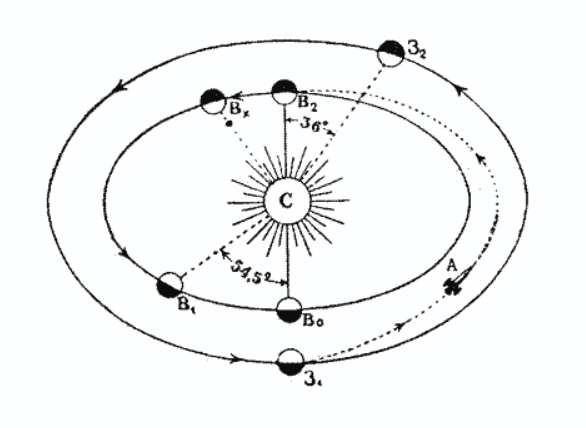
Late realization
You can often hear the thesis that mankind went into space early. That the consciousness of the earthlings in the middle of the twentieth century was not ready for such a complex thing. However, if you look at what and when science fiction writers have written about space travel, you come to a very different conclusion.
Because those who, as teenagers, read or watched fiction of the 20-30s learned about the flight of Vostok-1 when their children and even grandchildren were old enough. It was an event that had already been anticipated.
However, for post-World War II science fiction, simple space flight was already a long-established theme. When Robert Heinlein published “Rocket Ship Galileo” in 1947, it was already a purely teenage book. What serious surprise from the flight of the capsule with the Russians around the Earth could basically talk about, if Hamilton already in “The Star Kings” in 1949 described the battle between space fleets, occurring at Rigel? Except that the Russians were the first to realize it.
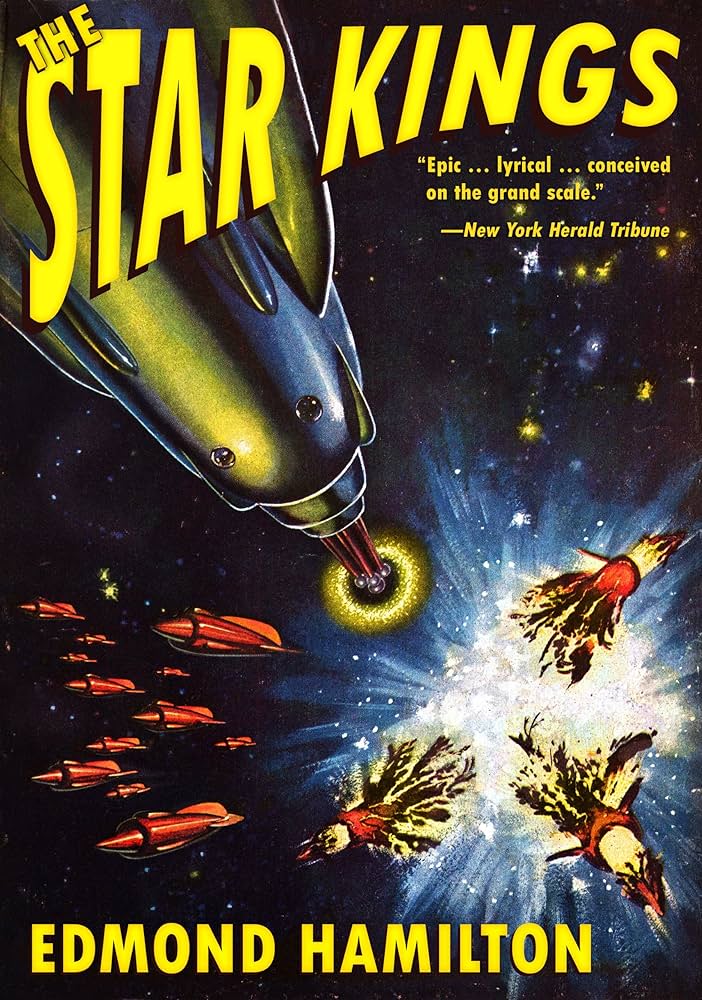
Even before the first human space flight, science fiction had already described much more complex things. Some of them have already become a reality in the XXI century. Some of them are still waiting for their time. Of course, we can say that everything that sci-fi writers write is schematic, therefore, predictions are out of the question. However, let me give you another example.
In 1959, a little less than two years before the flight of “Vostok-1,” the already mentioned Robert Heinlein published a novel “Star Infantry”. Now, as at the time of its release, it is being discussed mostly not because of the technical but because of the social ideas embedded in it.
However, the novel opens with an orbital landing scene that is extremely interesting in terms of describing space technology. A single capsule with a human inside enters the dense atmosphere, reducing speed, friction heats it up, but the tough shell holds. Several parachutes are successively opened, each one partially reducing velocity. Finally, the man in the spacesuit separates from the capsule and lands thanks to his own parachute.

So, this is a fairly detailed description of how the first human space flight ended on April 12, 1961. The only difference is that Yuri Gagarin did not have to go into battle immediately after landing.
All this does not mean that the first human space flight was something completely uninteresting. On the contrary, it was awaited with great anticipation as the realization of all dreams. But it was only the first step of those that space dreamers drew in their imagination, and since then the development of space programs has largely followed the path previously described on the pages of fiction.


